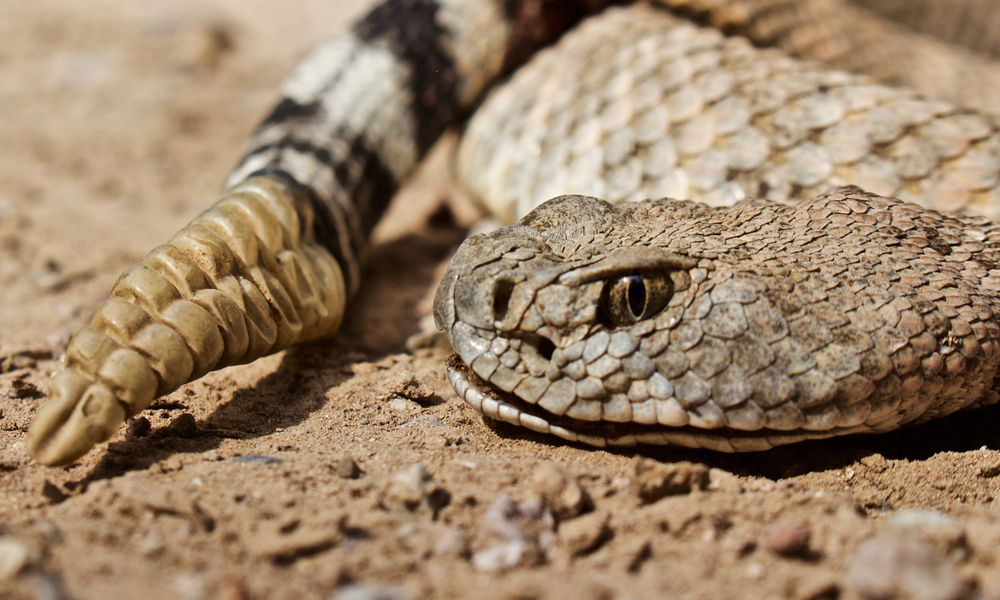
Snakebite: Dos and Don’ts for Immediate Action and Treatment ,You are more likely to be struck by lightning than die from venomous snake bite. But bites do happen. If you do find yourself on the business end of a snake’s teeth, here are a few things you should know.
What NOT to do if you get bitten by a snake
The first thing to keep in mind – you probably won’t die (in the US). The US Centers for Disease Control and Prevention (CDC) calculates that between 7000 and 8000 people in the US are bitten by venomous snakes every year. And of those who are bitten, only about 5 percent die.
To put this into perspective, around 40,000 people die in car crashes each year, according to the US Department of Transportation. When it comes to snakebites, prompt medical treatment is almost always effective.
The second thing to keep in mind is – throw away the snake bite kit. Before snakebite kits came on the scene, we were advised that the best first aid for a snakebite was the charmingly named cut-and-suck method. It involves cowboy-like heroism. The victim or a brave bystander would cut near the bite site, suck out the venom, and then spit it out, being careful not to swallow.
Read more: 10 of the deadliest snakes in the world
Snakebite kits took some of the courage out of the method by providing tools for the job. A venom extractor did the cutting and suction, making the whole process less dramatic. However, this method was completely debunked before years. It wasn’t very helpful and the suction could cause tissue damage.
After debunking the cut and suck, we were told to apply a tourniquet to prevent the venom from spreading from the bite site. This also turned out to be a bad idea. The tourniquet does keep the venom from spreading, but that just leaves more concentrated venom at the bite site to cause tissue death. Since snake bites cause swelling, applying ice may seem like a good idea. However, it is not. Ice can increase tissue damage.
Another common cowboy response is to grab a glass of alcohol for the pain. (Snake bites rarely kill, but they can hurt like a monster.) But the CDC says no. You can drink later when you tell your people the story of your snake bite.
So here’s what no to do.
What to do if you get bitten by a snake
This part is pretty simple. Keep calm and go to the hospital as soon as possible. The best first aid for snake bites is now in almost everyone’s pocket: a cell phone. If you are bitten by a snake or you are with someone who has, call 911 immediately and let the professionals handle it.
While waiting for the EMT heroes to arrive, carefully follow the dispatcher’s instructions. CDC advises washing the wound with soap and water and keeping the bite area below the level of the heart.
You can take a picture of the snake for identification purposes, but only if you can do it safely. However, it is not necessary. As you just learned, approaching snakes is not the best idea. Hospital professionals can identify the venom by its effects and choose the appropriate antivenin based on that.
How to protect yourself from a snake bite
As with all things in life and health, a little prevention is worth a lot of treatment. To reduce the risk of snakebite, always wear sturdy boots when you are in a lot of bush. Never put your hands or feet where you can’t see them. And please don’t mess with snakes. If you go your way, they will most likely go theirs. And everyone will leave the meeting happier and healthier.
Read more: Is Brazil’s Snake Island as dangerous as it sounds?

